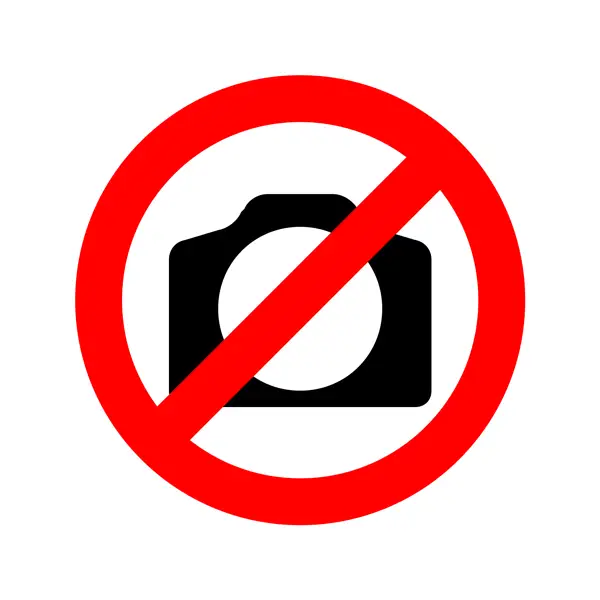Despite the prevalence of shoplifters, the rise of organized robberies at high-end stores has put the retail industry at risk.
In November, a group of robbers assaulted a Louis Vuitton store in Illinois and made off with $100,000 worth of products. Surveillance footage captured the incident.
In December, a group of thieves used a bicycle and a sledgehammer to break into a closed store in Los Angeles' The Grove mall. They were able to steal thousands of dollars worth of products. In Minneapolis, around 30 people robbed a Best Buy during the holiday season.
Usually, thieves steal from high-end stores by targeting areas that sell expensive products, such as designer clothing and electronics. They then sell these items on secondary marketplaces.
According to Cory Lowe, a crime expert, the individuals who commit these types of robberies are usually motivated by their desire to make a living from stealing. This is not a one-time crime. He noted that the increasing number of robberies in major cities across the country is alarming.
Besides increasing their security measures, retailers also have to deal with the costs associated with organized theft.
A report claimed that Home Depot, which is a major retailer, has seen a spike in the number of professional thieves using power tools. To combat this issue, the company introduced a line of tools that won't work unless they are activated and scanned at the register.
The company noted that the new security measures are designed to prevent the illegal resale of stolen power tools. The NRB reported that professional thieves are known to target expensive products such as perfume, clothes, high-end appliances, and allergy medicine.
In November, Corie Barry, the CEO of Best Buy, said that the company had seen an increase in the number of robberies by gangs of thieves. She noted that some of these incidents were carried out using weapons such as a crowbar or a gun.
According to her, Best Buy was taking various steps to reduce the number of robberies and protect its customers and employees. These include increasing the number of products that are locked up and hiring security personnel.
Several drugstore chains have also decided to close their stores in areas where organized theft is rampant. For instance, Walgreens has decided to close some of its facilities in San Francisco due to the issue.
Besides affecting the customers, shopping also has a broader impact on the community. Sales tax is generated to fund various public services, such as schools and medical facilities.
Before the pandemic, organized shoplifting had been on the rise, but according to Lowe, the changes caused by the outbreak made it easier for thieves to carry out their crimes.
Other factors such as the decreased number of staff members in stores and the availability of cheap and readily available stolen goods online have also contributed to an increase in robberies.
A survey conducted in 2021 by the NRB revealed that over two-thirds of the retailers it surveyed said that the pandemic increased their risk of fraud and crime. In addition, almost half of the retailers noted that organized crime had also increased during the pandemic.
The percentage of retailers reporting a loss of $1,000 or more in merchandise has increased from 29 percent in 2019 to 50 percent in 2020. The National Retail Federation also noted that organized crime costs the industry around $670,000 for every $1 billion in sales.
The preceding article is a summary of an article that originally appeared on The Daily Cable




